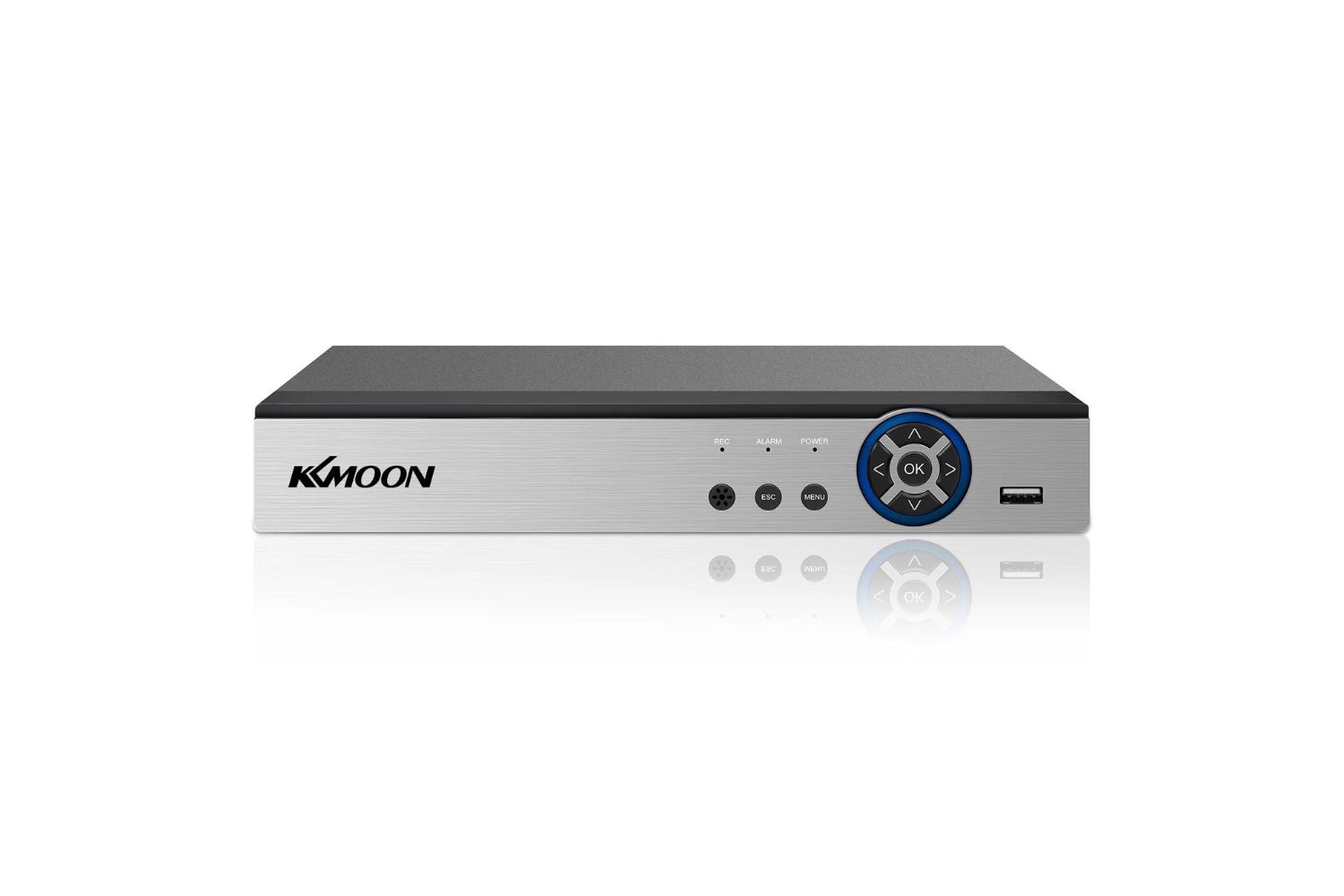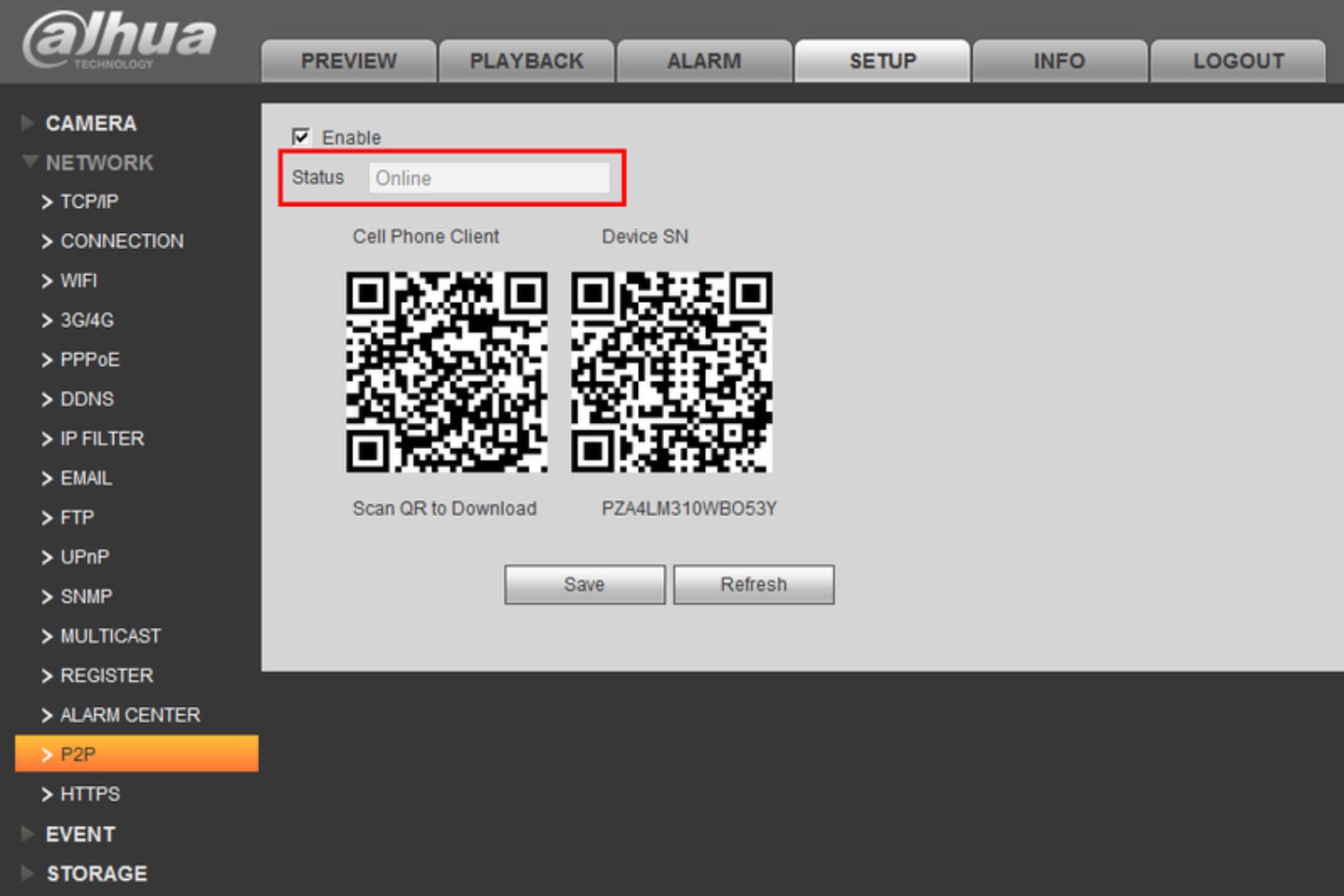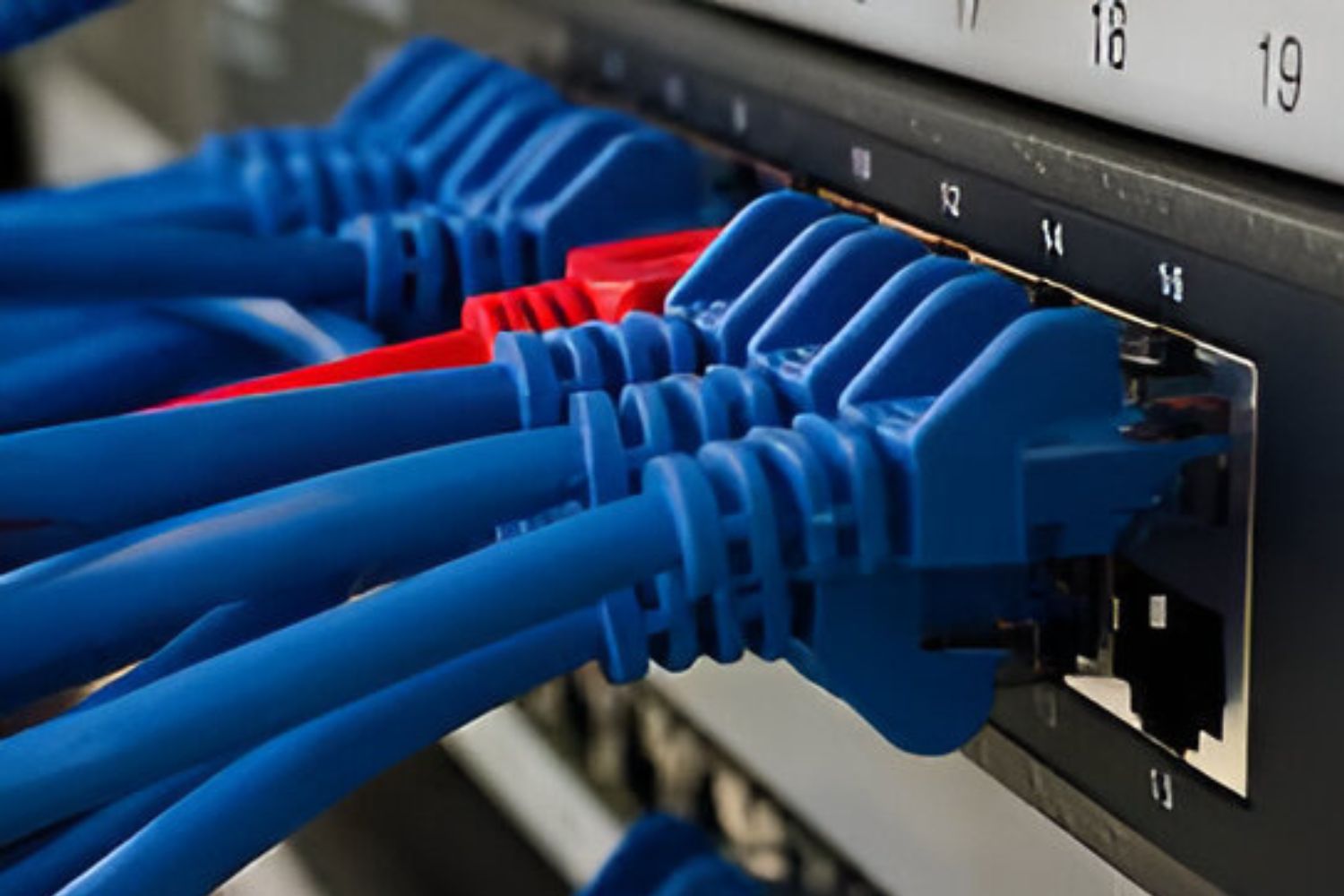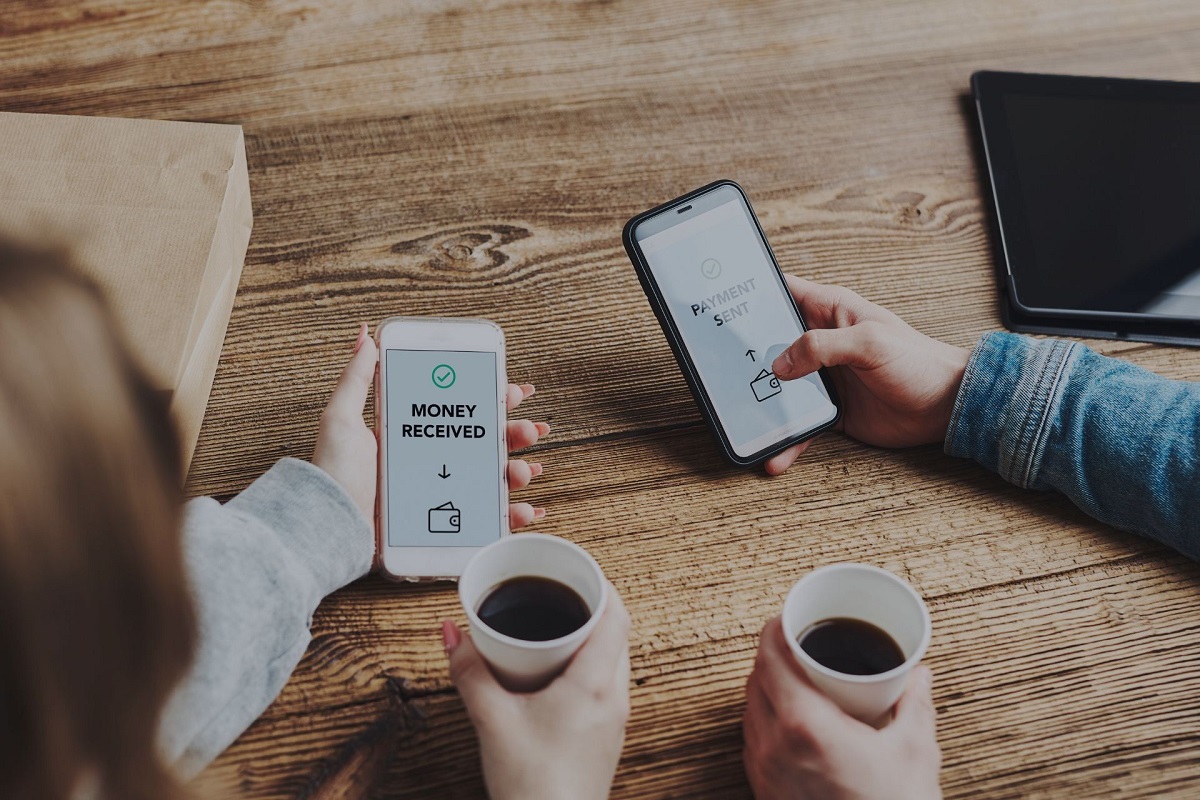Introduction
Welcome to the world of P2P DVR, an innovative technology that revolutionizes the way we record and store our favorite TV shows, movies, and more. Gone are the days of relying on physical recording devices or cumbersome online streaming platforms. With P2P DVR, you can now easily capture and access your content anytime, anywhere.
P2P DVR, commonly known as Peer-to-Peer Digital Video Recorder, combines the power of peer-to-peer networks with the convenience of digital video recording. This cutting-edge system allows users to record, store, and share media content seamlessly, without the need for dedicated hardware or complex software.
In this article, we will explore the concept of P2P DVR in more detail, including how it works, its benefits, popular P2P DVR systems, and frequently asked questions about this technology.
So, if you’re ready to learn more about this exciting advancement in the world of digital media, let’s dive in and discover the wonders of P2P DVR.
What is P2P DVR?
P2P DVR, or Peer-to-Peer Digital Video Recorder, is a technology that allows users to record and store digital media content using a decentralized network. Unlike traditional DVRs that rely on centralized servers, P2P DVR utilizes peer-to-peer connections to share and distribute recorded content.
At its core, P2P DVR is designed to provide a seamless and efficient way of recording and accessing media content. Whether it’s your favorite TV shows, movies, or live events, P2P DVR enables you to capture and store them directly onto your device, eliminating the need for external storage devices or streaming platforms.
With P2P DVR, you have the freedom to set up and manage your own personal media library, tailored to your preferences and viewing habits. Whether you want to binge-watch your favorite shows or revisit memorable moments from a live event, P2P DVR puts you in control of your digital media experience.
One of the key features of P2P DVR is its decentralized nature. Rather than relying on a central server to store and distribute content, P2P DVR leverages a network of interconnected devices to share and distribute recorded media. This not only ensures better availability and accessibility but also reduces the risk of server downtime or content loss.
Another important aspect of P2P DVR is its user-friendly interface. Whether you are a tech-savvy enthusiast or a casual user, P2P DVR systems are designed to be intuitive and easy to navigate. From scheduling recordings to managing your media library, the user interface of P2P DVR systems prioritizes convenience and simplicity.
Overall, P2P DVR is a groundbreaking technology that brings convenience, flexibility, and control to the world of digital media recording and access. By harnessing the power of peer-to-peer networks, P2P DVR revolutionizes the way we consume and interact with our favorite content.
How does P2P DVR work?
P2P DVR operates on the principle of peer-to-peer networking, where multiple devices collaborate to facilitate the recording and sharing of digital media content. This decentralized approach ensures efficient distribution and accessibility of recorded content. Let’s take a closer look at how P2P DVR works:
1. Recording: When you want to record a TV show, movie, or any other media content, your P2P DVR system accesses the source video stream and captures it onto your device. The recording process can be carried out in real-time or scheduled in advance, giving you the flexibility to capture content based on your preferences.
2. Chunking and Segmentation: The recorded video is then divided into smaller chunks or segments. This segmentation allows for improved distribution and efficient sharing across the network of interconnected devices.
3. Peer Discovery: To ensure seamless sharing and distribution of content, P2P DVR systems utilize peer discovery algorithms. These algorithms help identify other devices within the network that have the desired content or segments to optimize the distribution process.
4. Streaming and Playback: Once the content is available on your device, you can start streaming and playing back the recorded media. The decentralized nature of P2P DVR allows for smooth playback regardless of the number of users accessing the content.
5. Collaborative Distribution: As you consume the recorded content, your device automatically becomes part of the P2P network, contributing to the distribution process. In this way, P2P DVR systems leverage the collective power of all connected devices to efficiently distribute and share content, reducing the strain on any single device.
6. Content Update and Synchronization: P2P DVR systems continuously update and synchronize the content across the connected devices. This ensures that all users have access to the latest versions of the recorded media and allows for seamless playback and sharing between different devices.
Overall, P2P DVR works by leveraging peer-to-peer networking principles to provide a decentralized and efficient way of recording, sharing, and accessing digital media content. By utilizing the collaborative power of interconnected devices, P2P DVR revolutionizes the traditional DVR experience and offers users greater control and flexibility in managing their media libraries.
Benefits of using P2P DVR
P2P DVR offers a wide range of benefits for users who want a convenient and flexible way to record and access their favorite digital media content. Let’s explore some of the key advantages of using P2P DVR:
1. Accessibility: With P2P DVR, you can access your recorded content anytime, anywhere. Whether you’re at home, in the office, or on the go, as long as you have an internet connection, you can easily stream and enjoy your favorite shows, movies, and more.
2. Cost-Effective: P2P DVR eliminates the need for costly hardware or subscriptions to stream content online. You can record and store media directly onto your device, saving money on external storage devices or premium streaming services.
3. Flexibility: P2P DVR gives you the freedom to choose the content you want to record and watch. You are not limited to a specific library or streaming platform. You have full control over your media library and can customize it according to your preferences and interests.
4. No Ads: Unlike traditional streaming platforms that often interrupt your viewing experience with advertisements, P2P DVR allows for ad-free playback. You can enjoy uninterrupted content without any commercial breaks.
5. Customization: P2P DVR systems offer advanced features for organizing and managing your media library. You can categorize your recordings, create playlists, and customize the playback settings according to your preferences.
6. Data Privacy: With P2P DVR, your recorded content stays on your device. There is no need to upload it to external servers or share it with third-party platforms. This enhances data privacy and ensures that you have full control over your personal media collection.
7. Reliable Performance: P2P DVR leverages the collaborative power of interconnected devices, ensuring a reliable and smooth playback experience. Even with a large number of users accessing the content, the distributed network can handle the load efficiently.
8. Offline Viewing: P2P DVR allows you to download your recorded content onto your device, enabling offline viewing. This is particularly useful when traveling or in areas with limited internet connectivity.
Overall, P2P DVR offers unparalleled accessibility, cost-effectiveness, flexibility, and customization options for users who want to take control of their media consumption. By leveraging the power of peer-to-peer networks, P2P DVR provides a seamless and enjoyable experience for recording, storing, and accessing digital media content.
Popular P2P DVR Systems
There are several popular P2P DVR systems available in the market that offer innovative features and functionalities for recording and accessing digital media content. Let’s take a look at some of the well-known P2P DVR systems:
1. Tablo: Tablo is a highly regarded P2P DVR system that allows users to record and stream live TV shows, sports events, and movies. It offers advanced features like the ability to schedule recordings, create playlists, and skip commercials. Tablo also provides compatibility with various devices, including smartphones, tablets, and smart TVs.
2. Plex: Known for its robust media management capabilities, Plex also offers a P2P DVR feature. With Plex, users can record shows and movies from over-the-air broadcasts and cable channels. The recorded content can be accessed and streamed on multiple devices. Additionally, Plex provides a user-friendly interface and supports various platforms, including iOS, Android, and smart TVs.
3. HDHomeRun: HDHomeRun is a popular P2P DVR system that enables users to record and access live TV content on their devices. It offers support for multiple tuners, allowing simultaneous recording of different channels. HDHomeRun is compatible with various platforms and can be integrated with popular media center software, such as Kodi and Plex.
4. Channel Master: Channel Master is a P2P DVR system that offers both over-the-air and streaming capabilities. It allows users to record broadcasted content, as well as access popular streaming services. With Channel Master, users can schedule recordings, stream live TV, and enjoy on-demand content. It also provides compatibility with various devices, including smartphones, tablets, and streaming devices.
5. Emby: Emby is a versatile media server platform that includes P2P DVR functionality. With Emby, users can record and access live TV shows, movies, and more. It offers features like scheduling recordings, managing metadata, and enjoying personalized recommendations. Emby supports a wide range of devices and platforms, making it a popular choice among media enthusiasts.
These are just a few examples of popular P2P DVR systems available in the market. Each system offers unique features and capabilities, providing users with a variety of options to suit their personal preferences and requirements. It’s important to explore the different systems and choose the one that best aligns with your needs for seamless media recording and access.
FAQs about P2P DVR
Curious to learn more about P2P DVR? Here are some commonly asked questions and their answers:
Q1: Is P2P DVR legal?
A1: Yes, P2P DVR is legal. It allows users to record and access content for personal use, similar to traditional DVR systems. However, it’s important to comply with copyright laws and avoid unauthorized sharing or distribution of copyrighted material.
Q2: Do I need a fast internet connection for P2P DVR?
A2: While having a fast internet connection is beneficial for smoother streaming and downloading of content, P2P DVR does not solely rely on your internet speed. The distributed nature of P2P networks ensures that content can be accessed and played back efficiently even with average internet speeds.
Q3: Can I record content from streaming platforms using P2P DVR?
A3: No, P2P DVR is primarily designed for capturing content from live TV broadcasts or over-the-air signals. It does not support direct recording from streaming platforms due to copyright restrictions and digital rights management (DRM) measures in place.
Q4: How much storage space do I need for P2P DVR?
A4: The amount of storage space required depends on the duration and quality of the recorded content. On average, an hour of high-definition (HD) content can take up around 4-5 GB of storage space. It’s recommended to have sufficient storage capacity to accommodate your recording needs.
Q5: Can I watch P2P DVR recordings offline?
A5: Yes, most P2P DVR systems allow you to download recorded content onto your device for offline viewing. This is particularly useful when you don’t have an internet connection or want to save on data usage.
Q6: Can I share my P2P DVR recordings with others?
A6: P2P DVR systems are primarily designed for personal use and do not encourage unauthorized sharing or distribution of recorded content. It’s important to respect copyright laws and only share content with individuals who have the legal right to access it.
Q7: Can I use P2P DVR with cable or satellite TV?
A7: Yes, some P2P DVR systems are compatible with cable or satellite TV setups. However, you may need additional hardware or a compatible tuner to access and record the content. It’s best to check the compatibility requirements of the P2P DVR system you choose.
Q8: Can I schedule recordings with P2P DVR?
A8: Yes, P2P DVR systems typically offer the option to schedule recordings. You can set specific dates, times, and channels for the system to automatically capture the desired content according to your preferences.
These frequently asked questions should help clarify some common doubts and queries about P2P DVR. Remember to consult the specific documentation or support resources of your chosen P2P DVR system for more detailed information and assistance.
Conclusion
P2P DVR is a game-changer in the world of digital media recording and access. With its peer-to-peer networking approach, P2P DVR systems offer users unparalleled convenience, flexibility, and control over their media content.
By eliminating the need for dedicated hardware or expensive streaming subscriptions, P2P DVR brings cost-effectiveness and accessibility to the forefront. Whether you’re at home, in the office, or on the go, P2P DVR allows you to record and access your favorite TV shows, movies, and more with just a few clicks.
The decentralized nature of P2P DVR ensures reliable performance and efficient content distribution. With the collaborative power of interconnected devices, P2P DVR systems can handle the demands of multiple users, offering seamless streaming and playback experiences.
P2P DVR systems like Tablo, Plex, HDHomeRun, Channel Master, and Emby provide a range of features, from scheduling recordings to managing media libraries. You can choose the system that best suits your needs and preferences, enjoying personalized control over your media consumption.
While using P2P DVR, it’s crucial to respect copyright laws and adhere to authorized usage of recorded content. P2P DVR is designed for personal use, and unauthorized sharing or distribution of copyrighted material should be avoided.
In conclusion, P2P DVR has transformed the way we record, store, and access digital media content. With its user-friendly interface, affordability, and accessibility, P2P DVR puts you in control of your media library, offering the freedom to enjoy your favorite shows and movies anytime, anywhere.

























